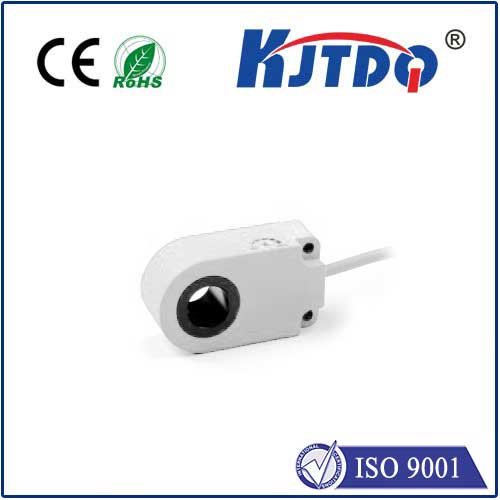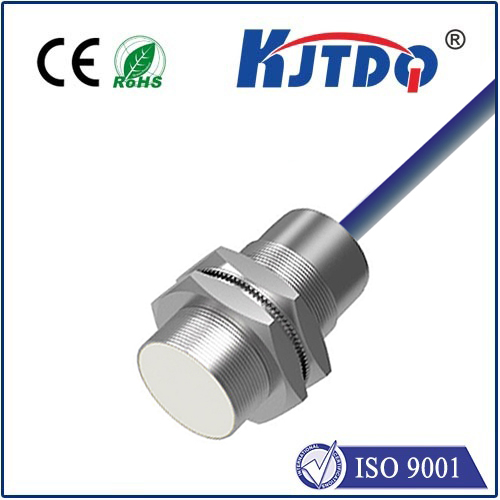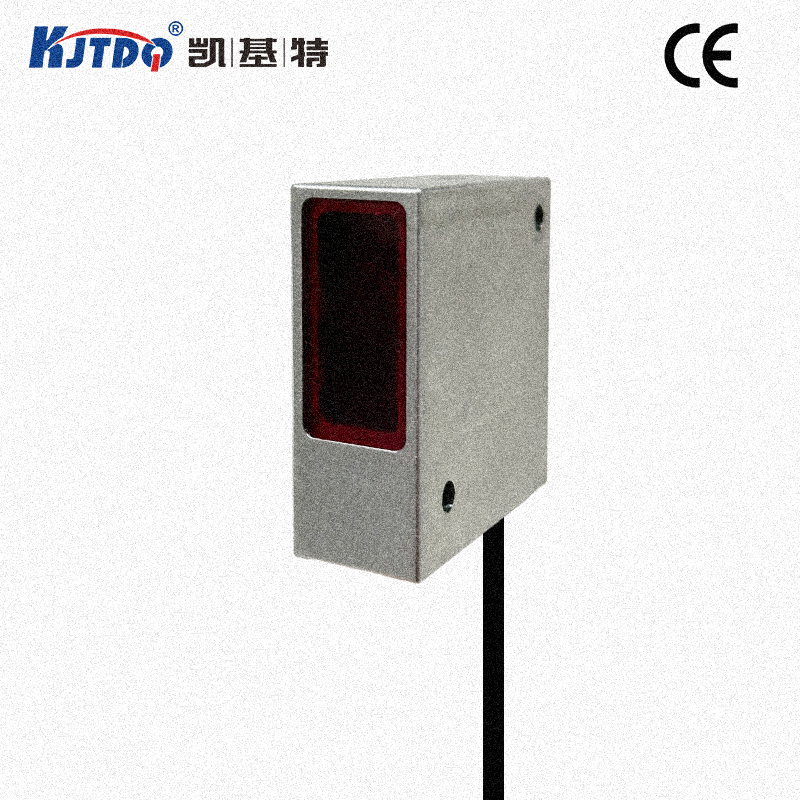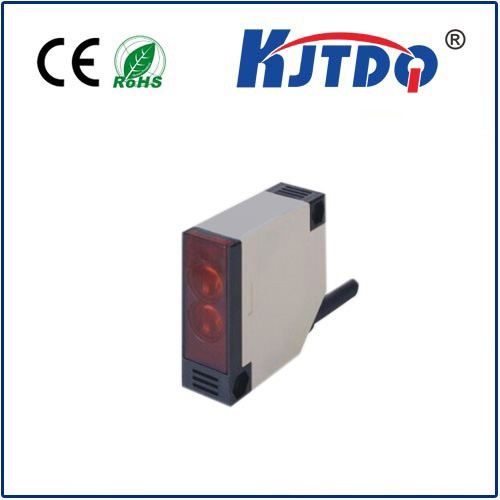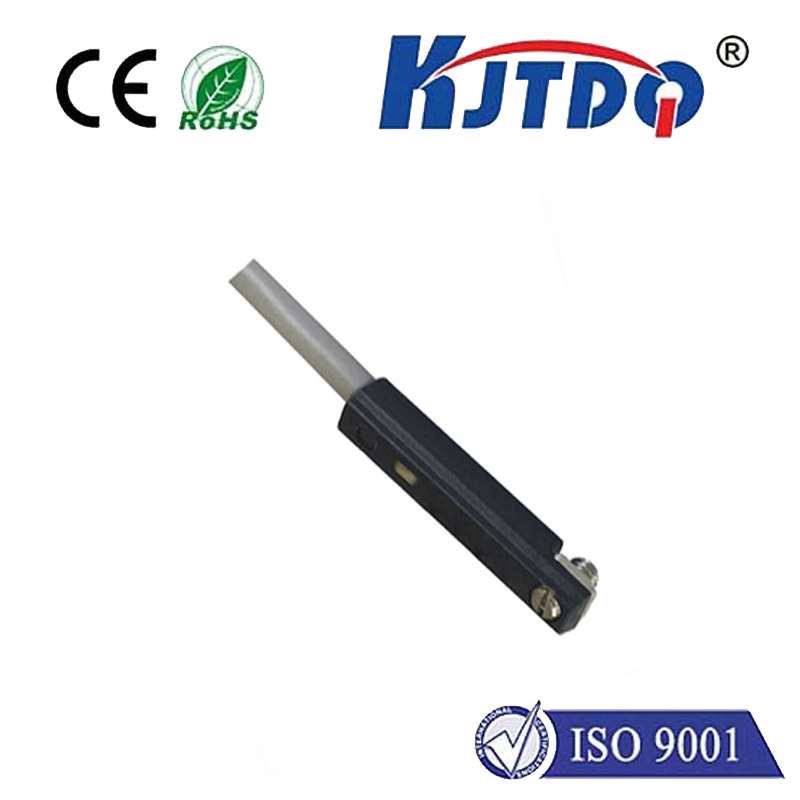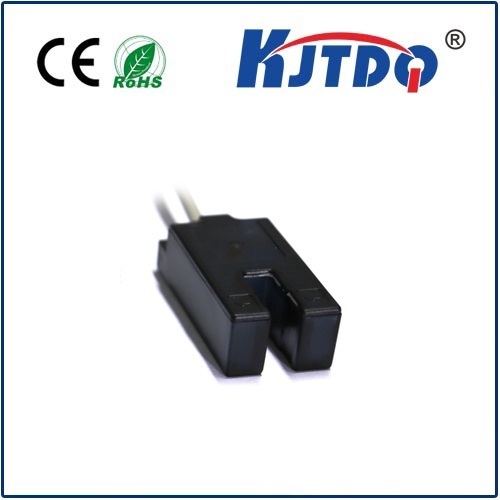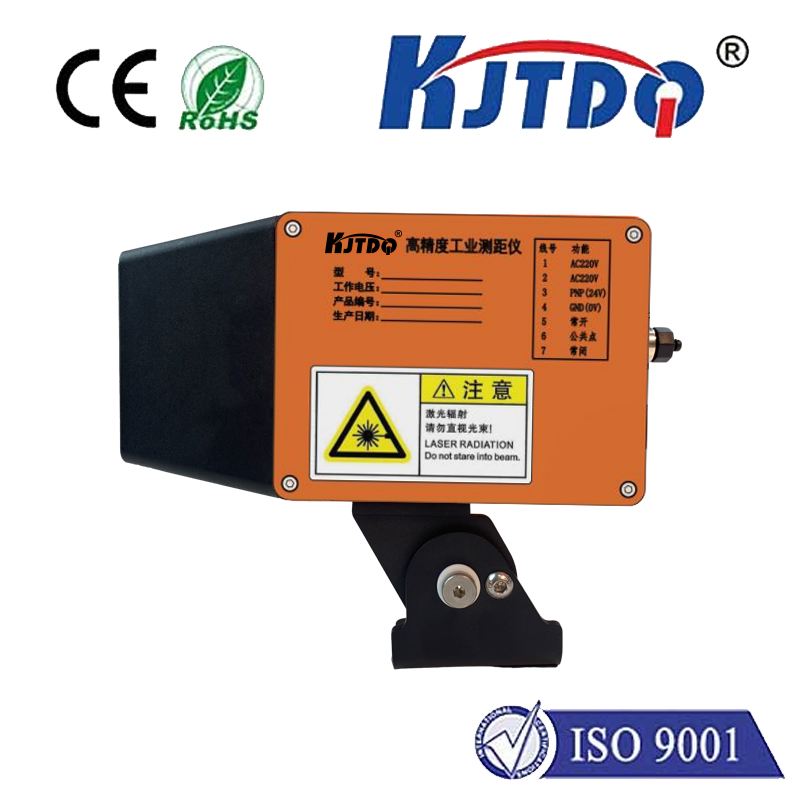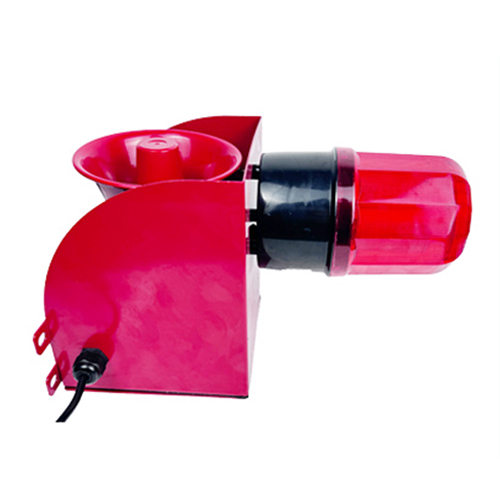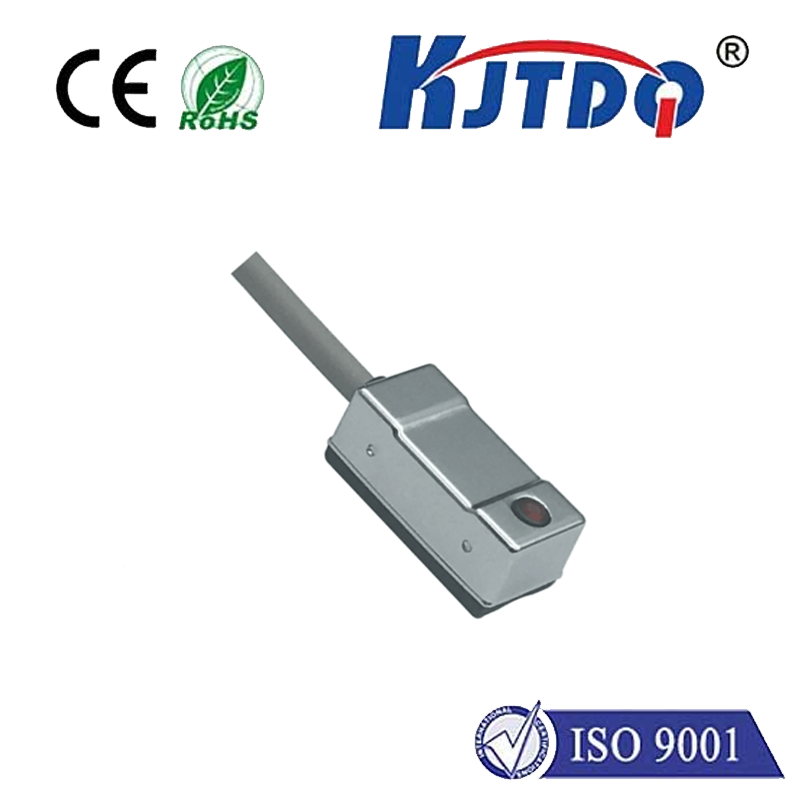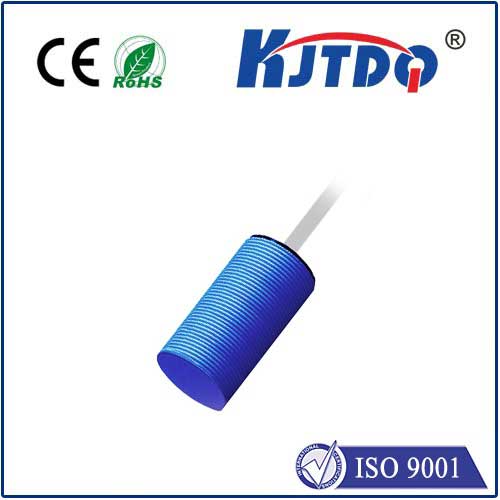remote temperature monitoring system
- time:2025-08-24 01:37:55
- Нажмите:0
The Critical Sentinel: How Remote Temperature Monitoring Systems Revolutionize Industry Safeguards
First Line (Article Title): Unlock Efficiency: How Remote Temperature Monitoring Transforms Industry Operations
Imagine a truck laden with life-saving vaccines traversing a desert highway. Inside, a critical refrigerator malfunctions, its temperature silently creeping beyond the safe threshold. Hours pass. Precious cargo degrades, rendered useless by the time it reaches its destination. This scenario, once a devastatingly common risk, is being eradicated by a silent, digital guardian: the remote temperature monitoring system.
Beyond Simple Thermometers: The Power of Connected Vigilance
Gone are the days of manual checks, scribbled logs, and reactive discovery of temperature excursions. A modern remote temperature monitoring system is a sophisticated, integrated network built upon the Internet of Things (IoT). It combines strategically placed wireless Датчик температуры with a central, cloud-based monitoring platform, accessible anytime, anywhere, via internet-connected devices.

These intelligent sensors act as tireless sentinels, continuously capturing temperature readings at predefined intervals – be it every minute, hour, or day. Crucially, they don’t just collect data; they transmit it wirelessly (using Wi-Fi, cellular networks like 4G/5G, LoRaWAN, or Bluetooth) to a secure, centralized hub hosted in the cloud. This is where the true power lies.
Transforming Industries Through Unblinking Observation
The applications for remote temperature monitoring are vast and vital:
- Pharmaceuticals & Healthcare: Maintaining the integrity of vaccines, biologics, blood products, and medications throughout the cold chain – from manufacturing and storage to transport and point-of-use – is non-negotiable. Real-time alerts for excursions ensure immediate corrective action, protecting patient safety and preventing massive financial losses from spoiled inventory. Compliance with stringent regulations (e.g., FDA 21 CFR Part 11, EU GDP) is streamlined through automated, auditable data logging.
- Food & Beverage: From processing plants to supermarket freezers and restaurant walk-ins, consistent safe temperatures prevent spoilage and pathogen growth. Remote monitoring safeguards quality, extends shelf-life, drastically reduces waste, and ensures adherence to HACCP and FSMA requirements. Imagine knowing instantly if a storage room door is left ajar in a large distribution center.
- Laboratories & Research: Sensitive experiments, biological samples, and reagents demand precise environmental control. A robust system prevents catastrophic loss of valuable research due to unnoticed temperature drift in incubators, freezers, or environmental chambers.
- Industrial Processes & Manufacturing: Many chemical reactions, material curing processes, and equipment operations require specific temperature parameters. Continuous remote monitoring optimizes process control, ensures product consistency, and protects machinery from overheating damage.
- HVAC & Facilities Management: Proactively monitor server room environments, museum climate controls, sensitive archives, or even internal building temperatures across vast portfolios. This enables predictive maintenance, optimizes energy usage, and ensures occupant comfort and asset protection.
The Tangible Benefits: More Than Just Peace of Mind
Implementing a remote temperature monitoring system delivers measurable returns:
- Enhanced Safety & Compliance: Continuous oversight ensures environments remain within critical thresholds, protecting products, samples, and occupants. Automated reports simplify regulatory audits.
- Significant Cost Reduction: Drastically reduce losses from spoiled goods. Optimize energy consumption by identifying inefficiencies. Lower manual labor costs associated with physical checks and data logging. Studies suggest businesses can see waste reductions of up to 35% in perishable goods sectors.
- Operational Efficiency: Gain 24⁄7 visibility into conditions across multiple locations from a single dashboard. Automated alerts via SMS, email, or app notifications allow immediate intervention, minimizing damage and downtime. Freezes valuable staff time for higher-value tasks.
- Improved Data Integrity & Decision Making: Eliminate human error in manual logs. Cloud platforms provide secure, centralized storage of historical data for trend analysis, troubleshooting, and making informed operational improvements. Data-driven insights become readily available.
- Proactive Risk Management: Identify potential equipment failures (like a compressor struggling) before they cause a critical excursion through trend analysis and early warning signs, enabling predictive maintenance.
Key Components of a Robust System
Understanding the layers helps appreciate the solution:
- Intelligent Sensors: Wireless probes measuring temperature (and often humidity) placed at critical points. Features include long battery life, robust wireless communication, and high accuracy.
- Gateway/Hub: Acts as a local bridge, collecting data from nearby sensors and transmitting it securely to the cloud platform (often using cellular or Ethernet).
- Cloud-Based Monitoring Platform: The command center. This secure web/software application receives, stores, analyzes, and visualizes data. Users access dashboards, set thresholds, configure instant alerts, and generate reports.
- User Access: Secure login via web browsers or dedicated mobile applications, providing ubiquitous access for managers, quality control personnel, or facilities teams.
Investing in Uncompromising Oversight
In an increasingly interconnected world where the integrity of temperature-sensitive assets is paramount, relying on manual checks or isolated data loggers is a significant liability. A modern remote temperature monitoring system transcends being just “thermometers with Wi-Fi.” It represents a fundamental shift towards proactive, data-centric management. It delivers unparalleled visibility, operational resilience, and robust compliance, transforming temperature control from a vulnerability into a strategic advantage. Whether safeguarding life-saving medicines, preserving gourmet food quality, or protecting critical research, this technology provides the continuous, reliable oversight that modern industries demand.

